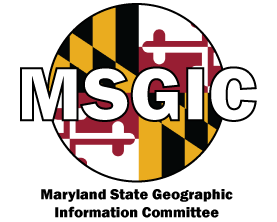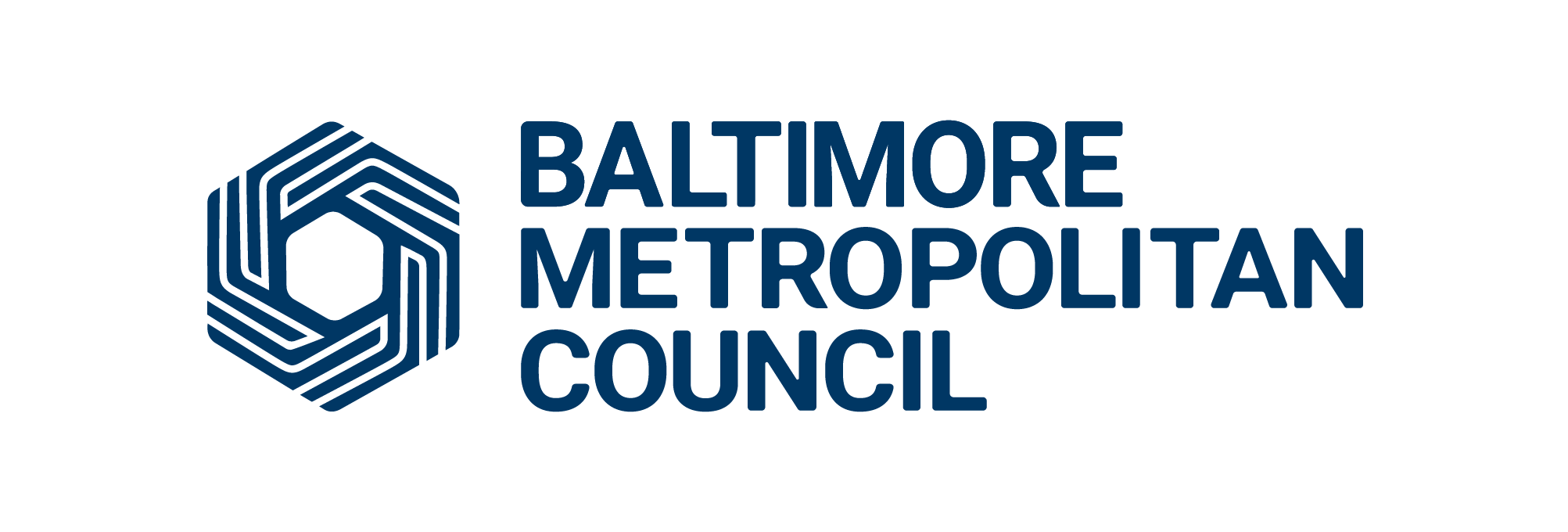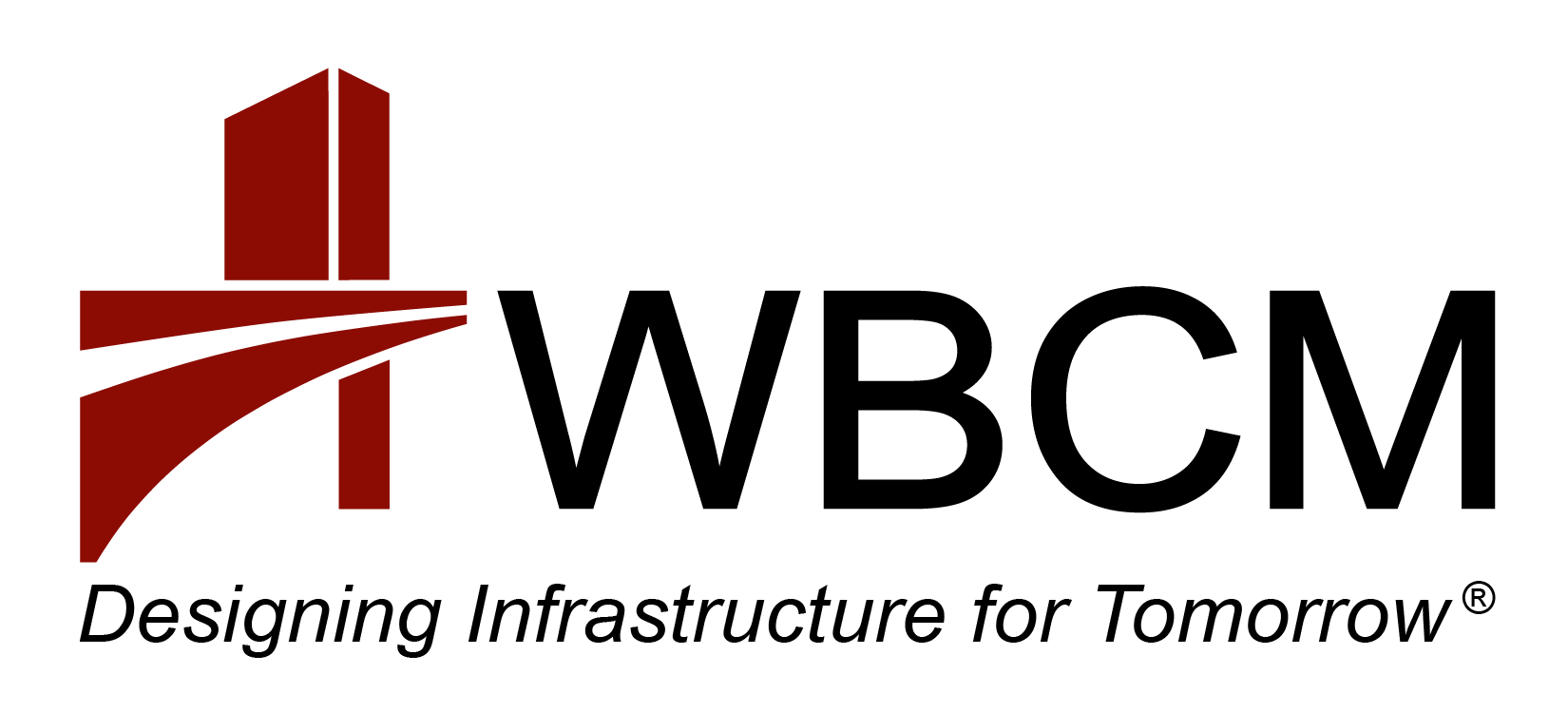Geographic Information Systems (GIS) are systems designed to capture, store, manipulate, analyze, manage, and present spatial data. The world-wide GIS Community celebrates all things geospatial on GIS Day held annually in mid-November. GIS Day began almost 20 years ago as a way to share what the study of Geography and GIS with students. It has grown into an international day for showing off fun maps and projects to students and the public alike. The Eastern Shore Regional GIS Cooperative (ESRGC) enjoys celebrating GIS Day and not just because we order the “good” pastries for breakfast on this day! As an outreach center at Salisbury University, the ESRGC feels strongly about spreading the value of GIS, especially to students and (hopefully) future geographers.

This year the ESRGC invited faculty and students from Salisbury University, professionals in the GIS community, students from local schools, and the public to join us for an Open House in celebration of GIS Day. Nearly 50 people attended the open house including; grade school students, Geography students from Salisbury University, professors from Salisbury University, local business leaders, regional GIS users, and the Mayor of Salisbury, Jake Day!
 One of the highlights of the day was our first ever “mapathon.” A mapathon is a coordinated event where the public is invited to update and crowdsource edits of maps for a given area. The Humanitarian OpenStreetMap Team (HOT) is an international organization that allows the public to edit maps around the world to provide information to governments and charitable organizations. Many locations around the world do not have basic structures identified and digitized (e.g. roads, buildings, etc.), and when a disaster strikes these regions it is critical that decision-makers and those providing aid know where they need to go. For the mapathon, participants created a user id and within a few minutes, they were selecting tasks to map. Some tasks included mapping roads in Guinea after severe flooding, mapping buildings in Tanzania, or identifying homes in the Philippines after severe landslides. If you are capable of looking at imagery and drawing a box around a building or drawing a line to follow a road you are capable of participating in these crowdsource maps. One benefit of the Humanitarian OpenStreetMap is that there are thousands of mapping tasks and you can edit as much or as little as you want whenever you have a few minutes of free time. The idea of hosting a mapathon came from the straightforward instructions provided by Robbyn Abbitt, a GIS Professor with Miami University in Oxford, OH.
One of the highlights of the day was our first ever “mapathon.” A mapathon is a coordinated event where the public is invited to update and crowdsource edits of maps for a given area. The Humanitarian OpenStreetMap Team (HOT) is an international organization that allows the public to edit maps around the world to provide information to governments and charitable organizations. Many locations around the world do not have basic structures identified and digitized (e.g. roads, buildings, etc.), and when a disaster strikes these regions it is critical that decision-makers and those providing aid know where they need to go. For the mapathon, participants created a user id and within a few minutes, they were selecting tasks to map. Some tasks included mapping roads in Guinea after severe flooding, mapping buildings in Tanzania, or identifying homes in the Philippines after severe landslides. If you are capable of looking at imagery and drawing a box around a building or drawing a line to follow a road you are capable of participating in these crowdsource maps. One benefit of the Humanitarian OpenStreetMap is that there are thousands of mapping tasks and you can edit as much or as little as you want whenever you have a few minutes of free time. The idea of hosting a mapathon came from the straightforward instructions provided by Robbyn Abbitt, a GIS Professor with Miami University in Oxford, OH.
 In addition to the mapathon we also hosted local 7th graders from St. Francis de Sales Catholic School. ESRGC staff gave these students a tour of our office and filled them in our current and past projects (some seen here; http://www.esrgc.org/projects/ ). We created stations throughout the office for them to learn about GIS and other geographic concepts we study here at the ESRGC. Afterwards, the students were asked to answer questions about what they learned and were given GIS Day prizes.
In addition to the mapathon we also hosted local 7th graders from St. Francis de Sales Catholic School. ESRGC staff gave these students a tour of our office and filled them in our current and past projects (some seen here; http://www.esrgc.org/projects/ ). We created stations throughout the office for them to learn about GIS and other geographic concepts we study here at the ESRGC. Afterwards, the students were asked to answer questions about what they learned and were given GIS Day prizes.









